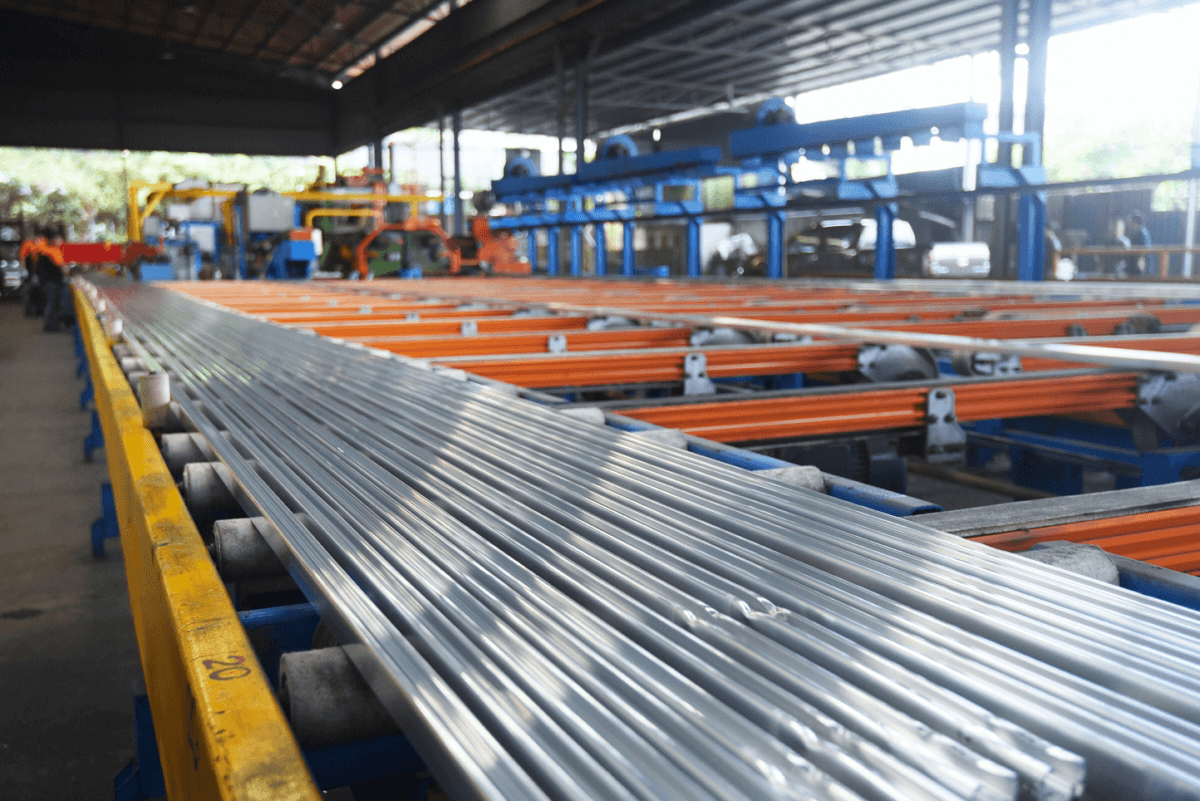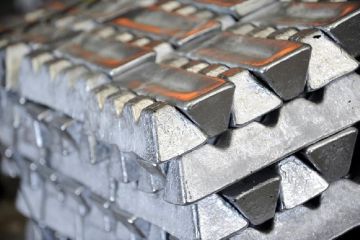In the aluminum extrusion production process, casting plays a critical role in the initial stages of converting raw materials into billets or logs, which are later used for extrusion. The casting process involves melting aluminum alloys and shaping them into cylindrical forms, known as billets or logs. Here's an overview of the casting process for aluminum extrusion:
- Raw Material Selection: The first step in the casting process is the selection of the appropriate aluminum alloy. The choice of alloy depends on the desired properties of the final extruded product. Different aluminum alloys offer varying levels of strength, corrosion resistance, formability, and other characteristics, making it essential to choose the right alloy for the intended application.
- Melting: The selected aluminum alloy is melted in a furnace. The furnace can be either a crucible furnace, reverberatory furnace, or rotary furnace, depending on the scale of production and specific requirements. The temperature and duration of melting are carefully controlled to ensure a homogenous and consistent melt.
- Degassing and Fluxing: During the melting process, aluminum can absorb hydrogen and other gases, which can lead to porosity and defects in the final extruded product. To address this, degassing agents are often used to remove trapped gases from the melt. Fluxing agents are also added to the molten aluminum to remove impurities and improve the overall quality of the metal.
- Filtration: Before casting, the molten aluminum is passed through a filtration system to remove any remaining impurities or solid particles that could affect the quality of the extruded profiles.
- Casting: Once the molten aluminum is prepared and free of impurities, it is poured into a mold to create the billets or logs. The mold can be made of steel, graphite, or other materials capable of withstanding high temperatures and the corrosive nature of molten aluminum.
- Cooling: After casting, the molds with the molten aluminum are allowed to cool and solidify. The cooling rate and process are critical to achieving the desired microstructure and mechanical properties of the billets.
- Log Cutting: Once the aluminum has solidified, the molds are opened, and the cylindrical logs or billets are removed. These billets are typically long cylinders with a constant cross-section, ready for the next stages of the extrusion process.
It's essential to maintain strict quality control during the casting process to ensure the billets are free of defects, such as porosity, inclusions, and segregations. High-quality casting is crucial for producing consistent and reliable extruded profiles.
After casting, the billets will undergo further steps in the aluminum extrusion production process, such as homogenization (if required), heating, and extrusion. Proper billet preparation and handling are vital to achieving high-quality extruded products with the desired properties and performance.
 EN
EN
 NL
NL DE
DE





